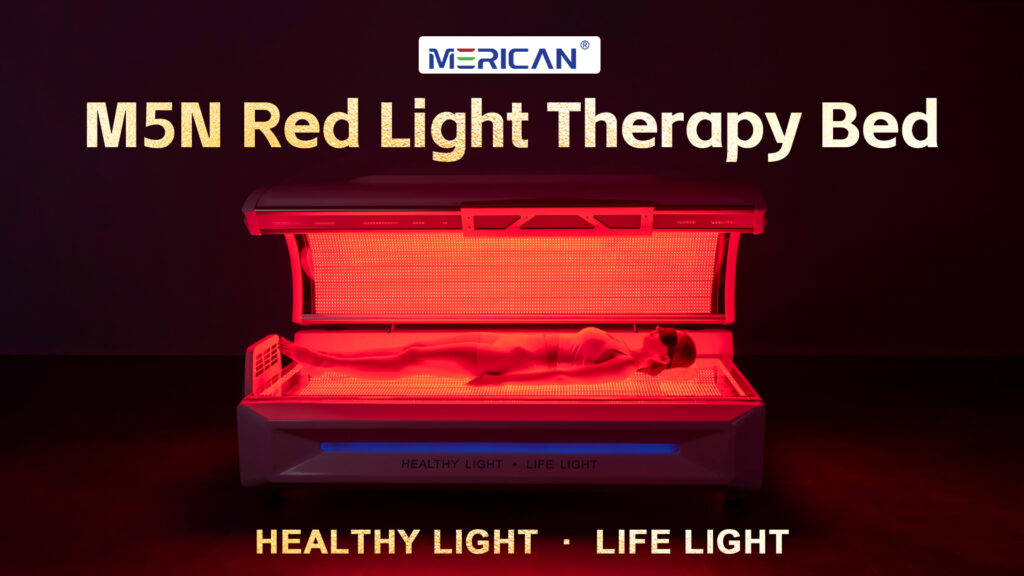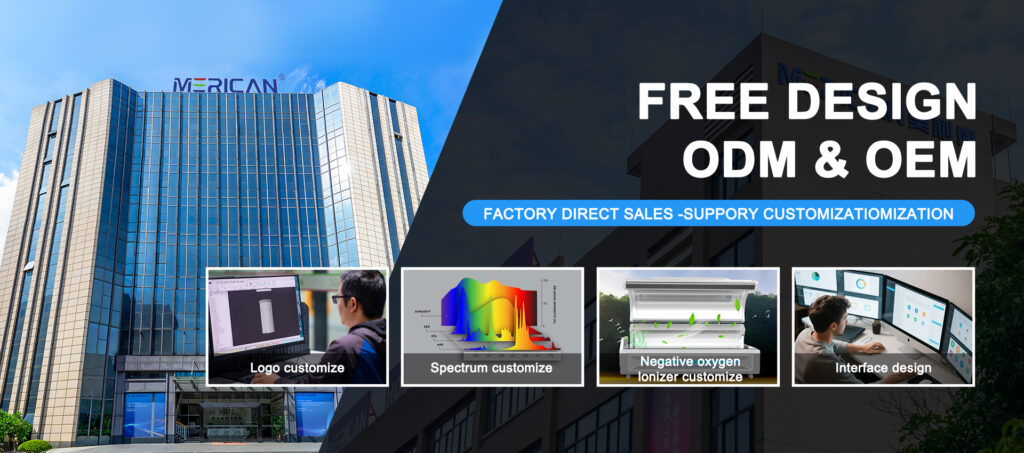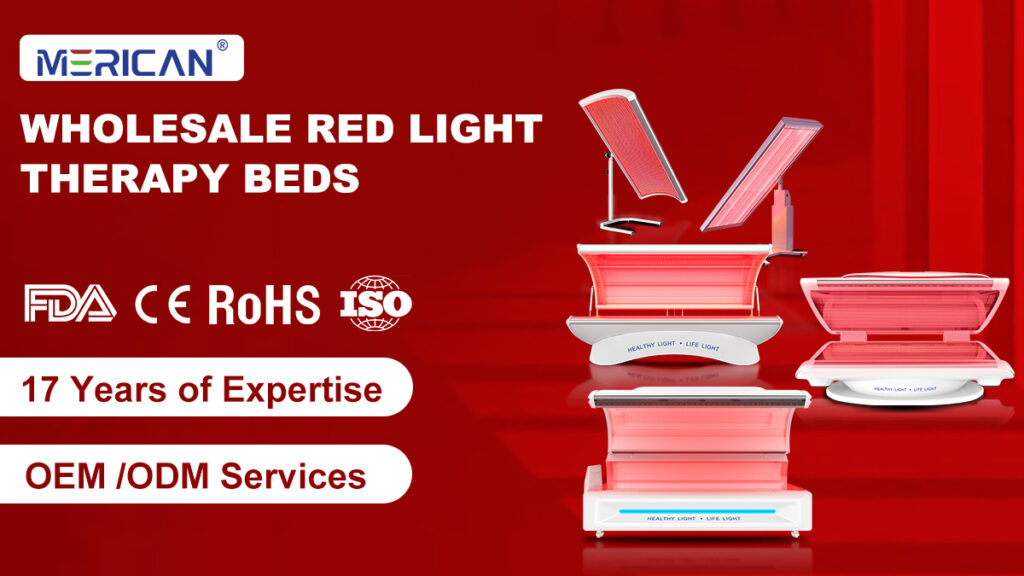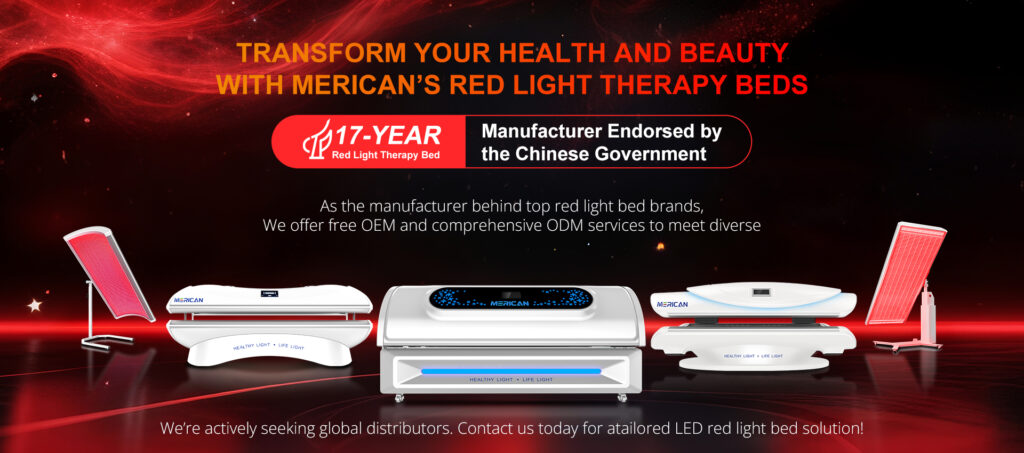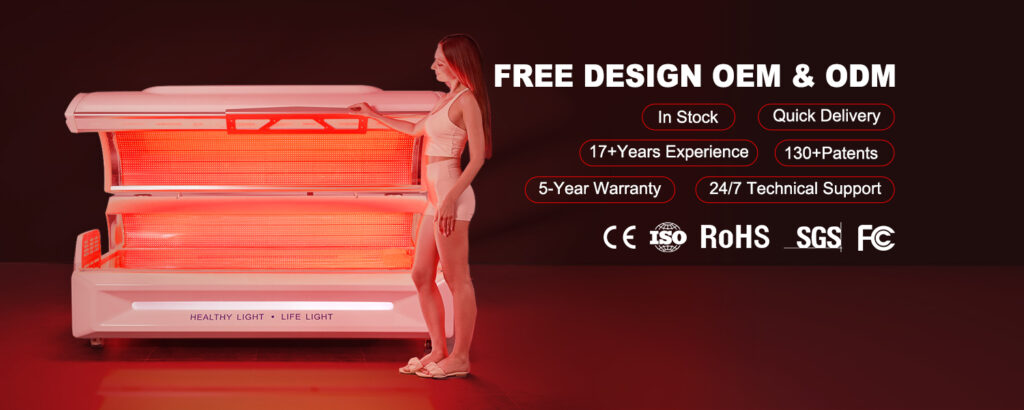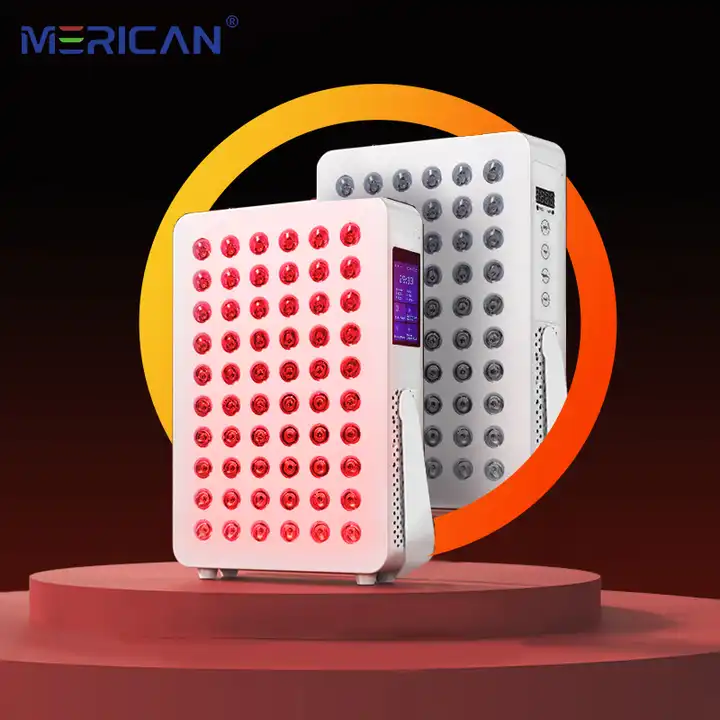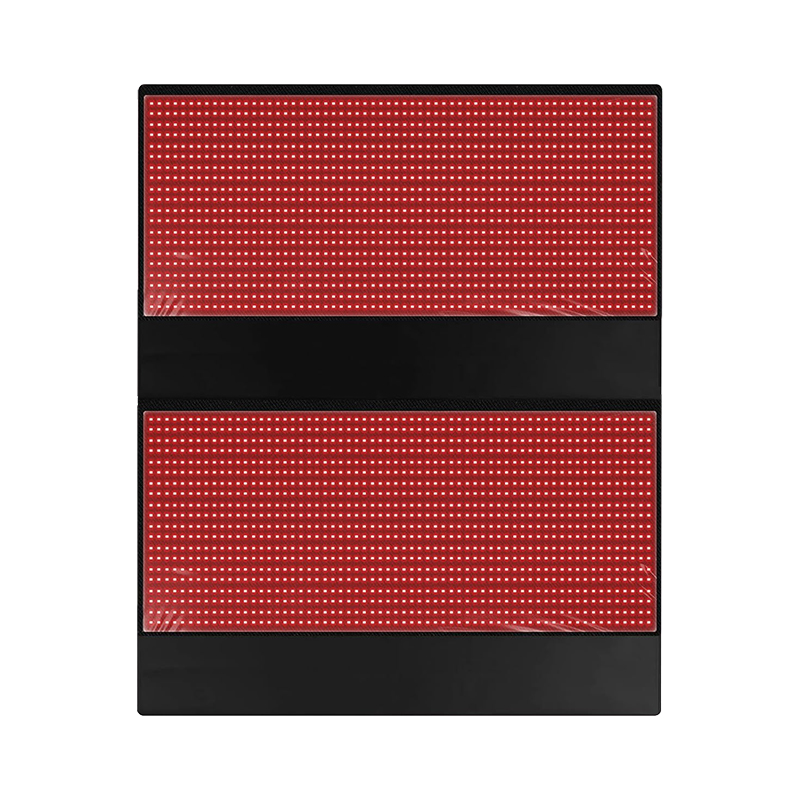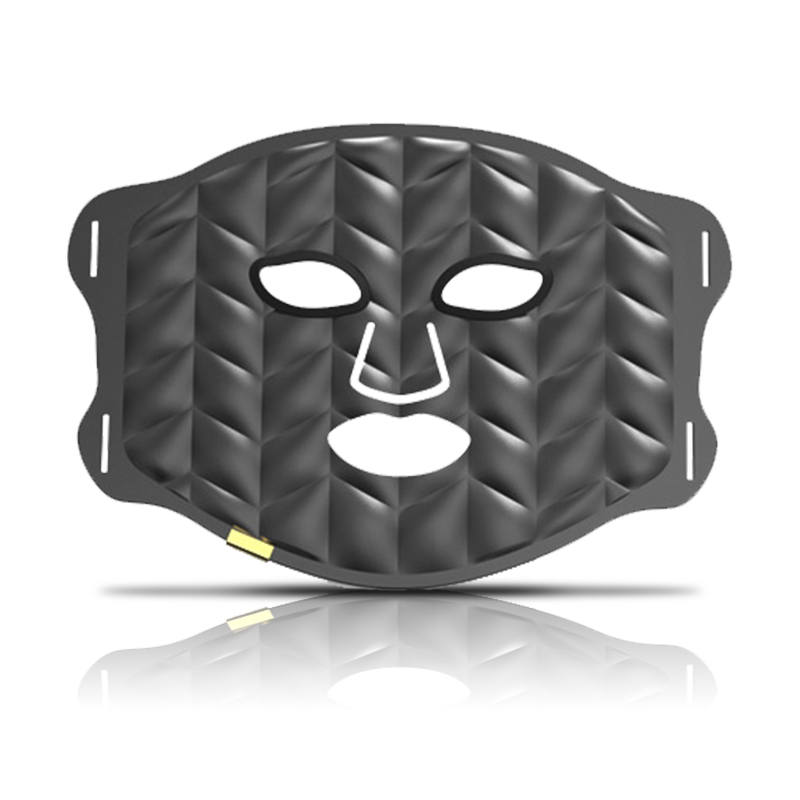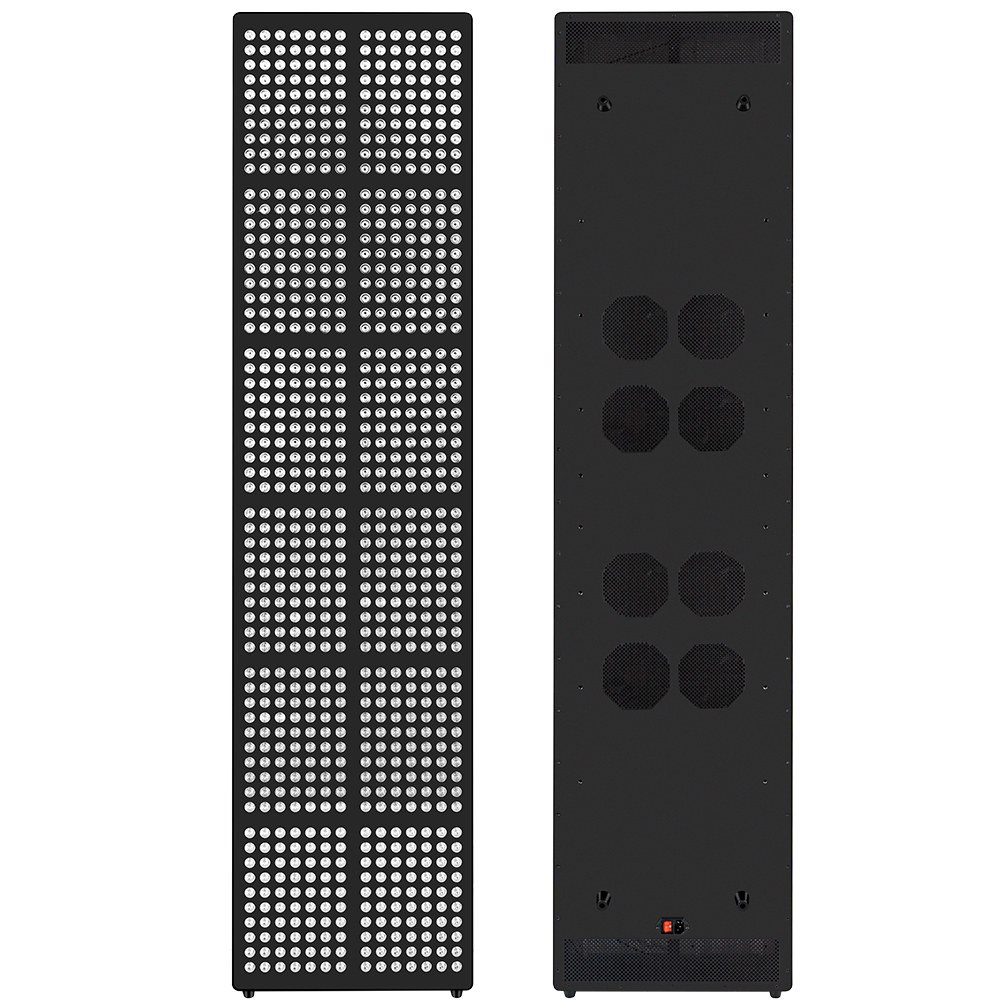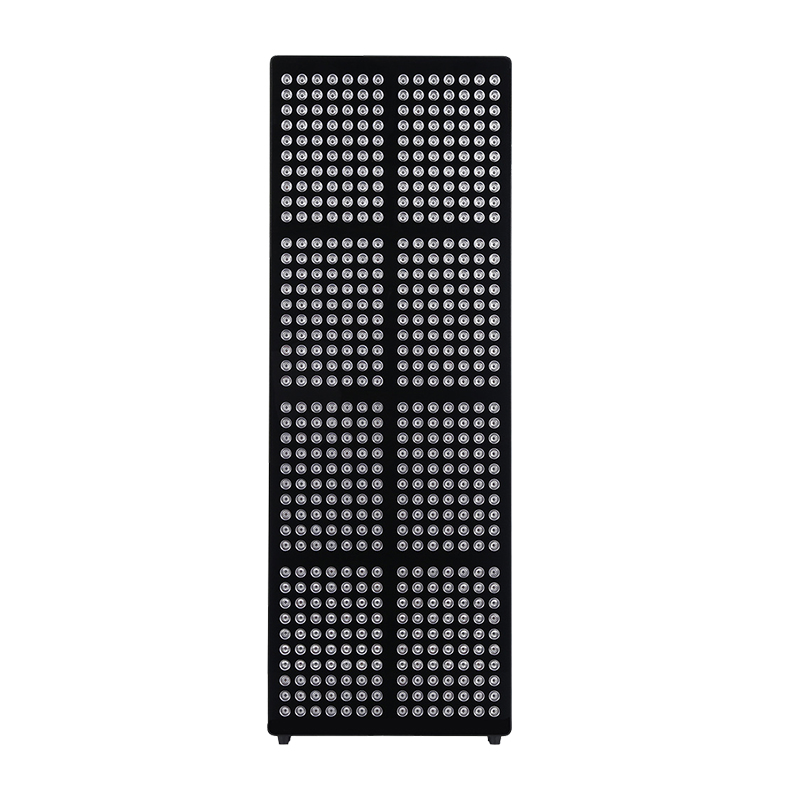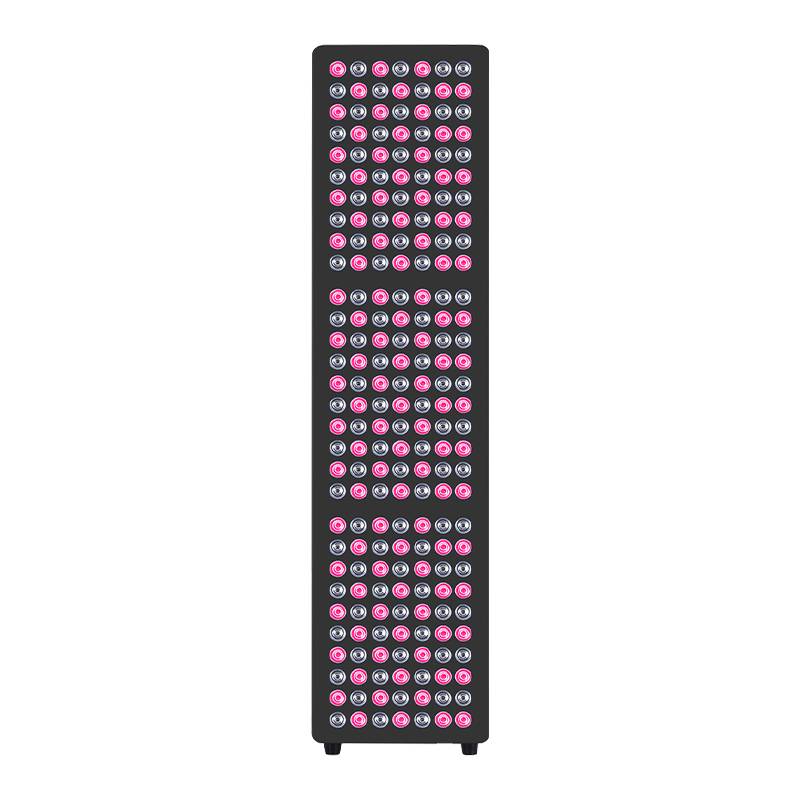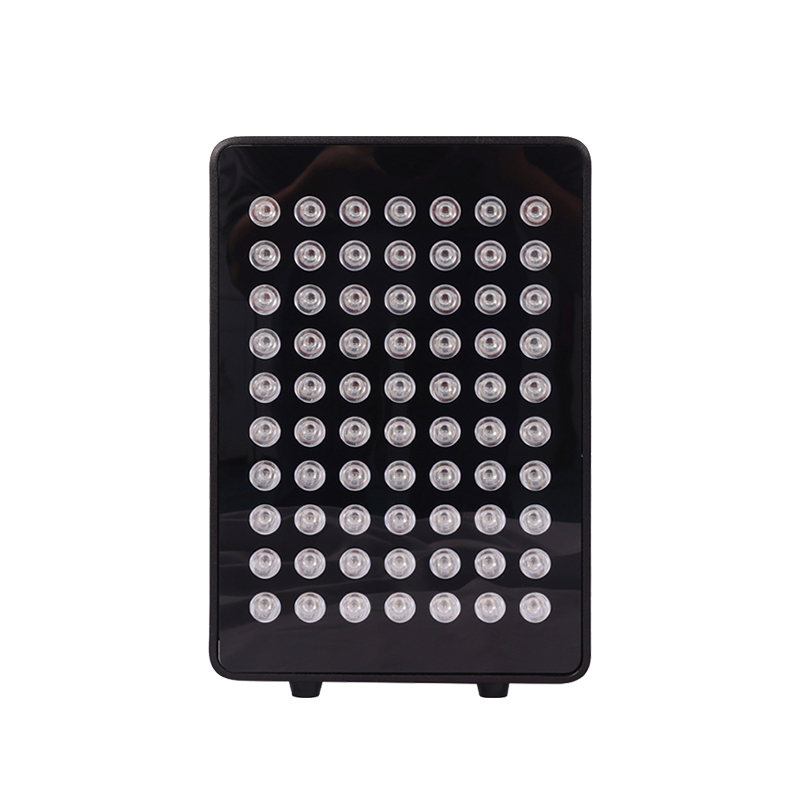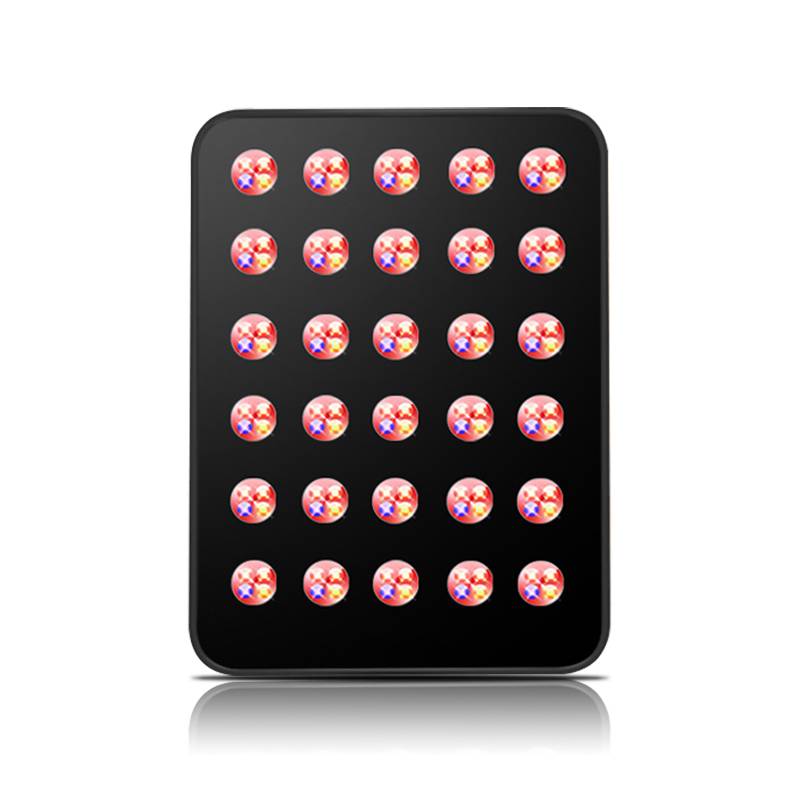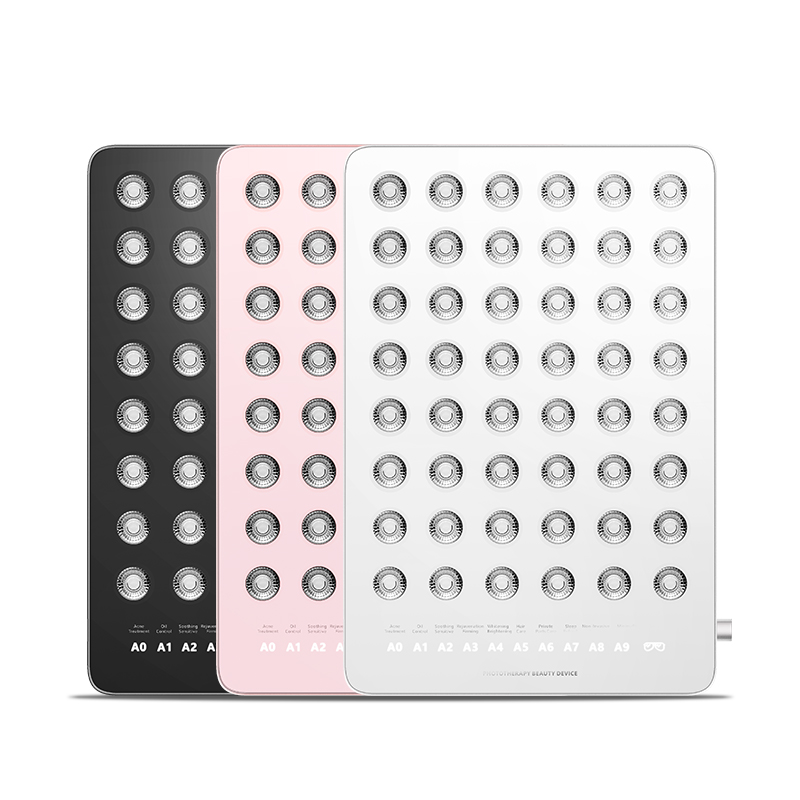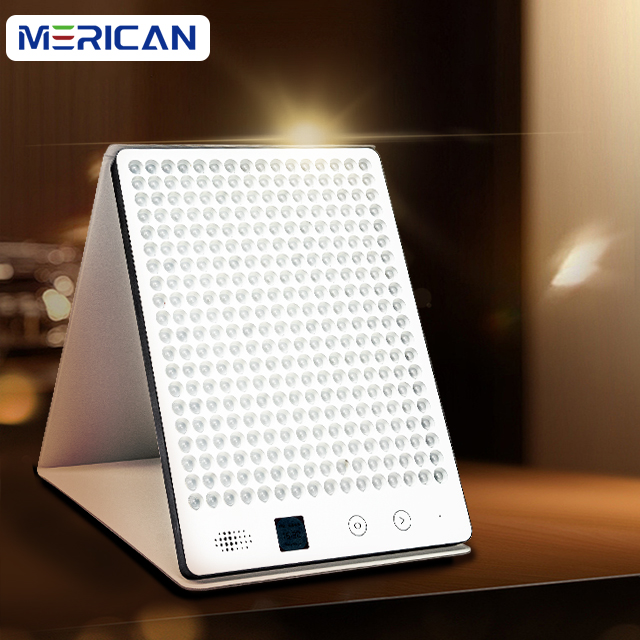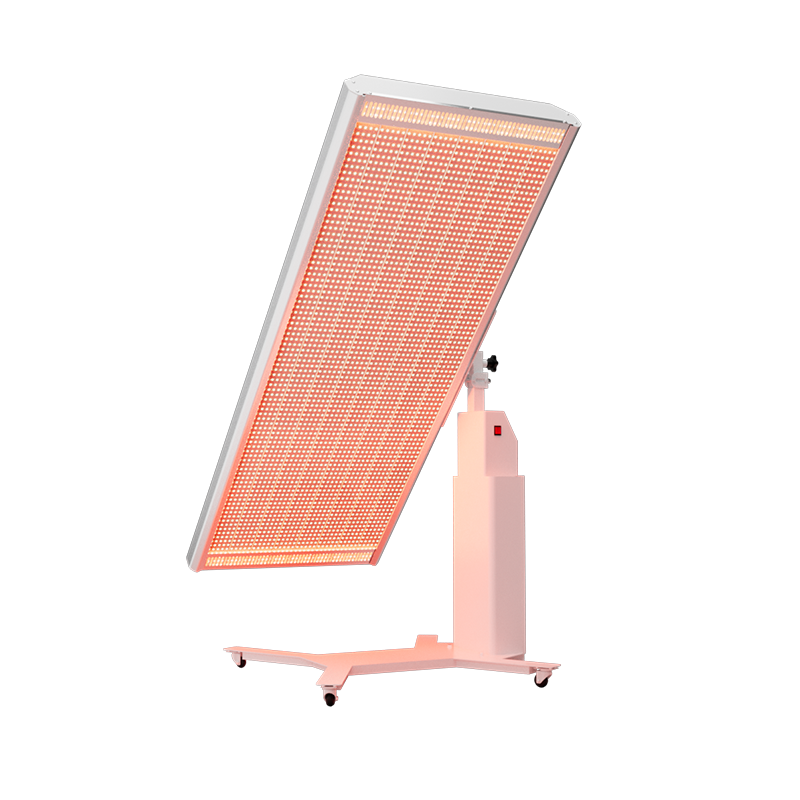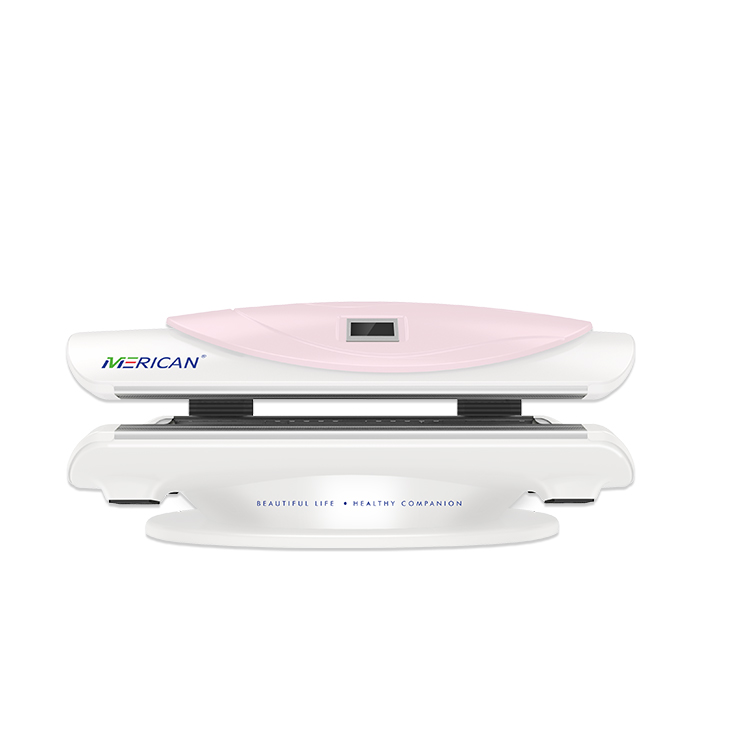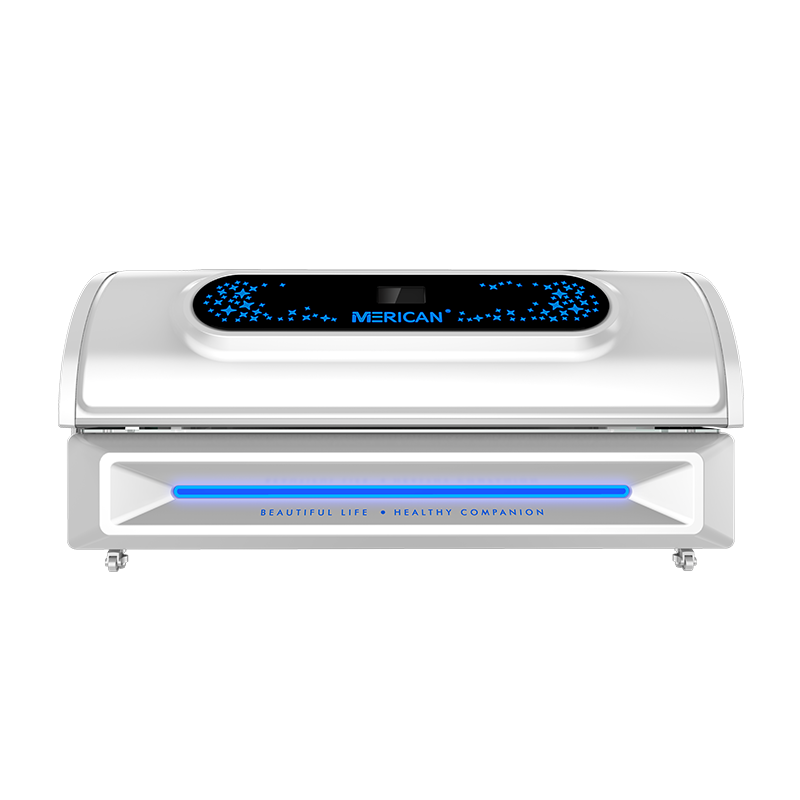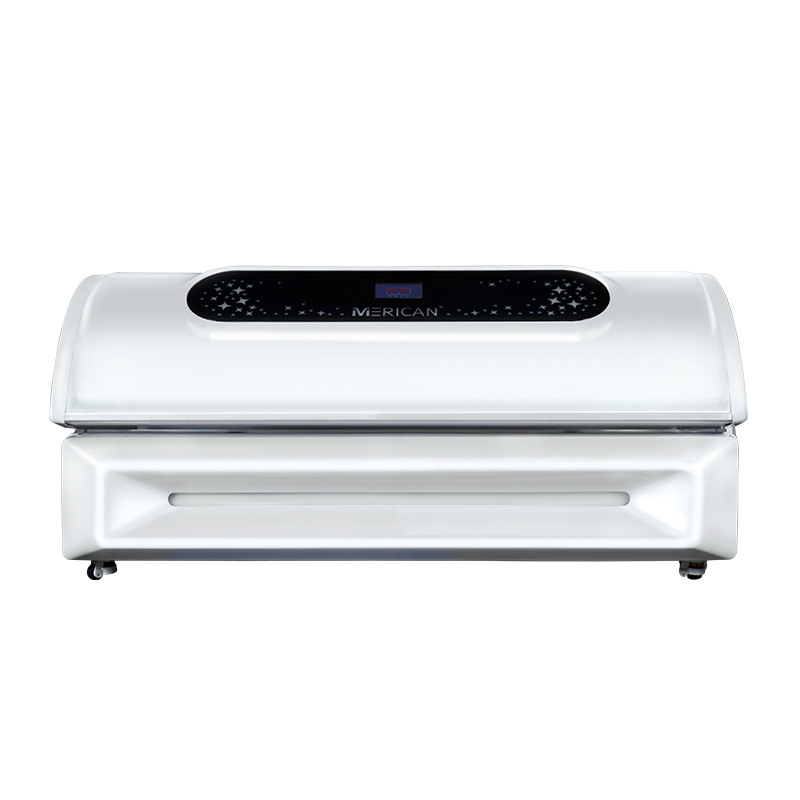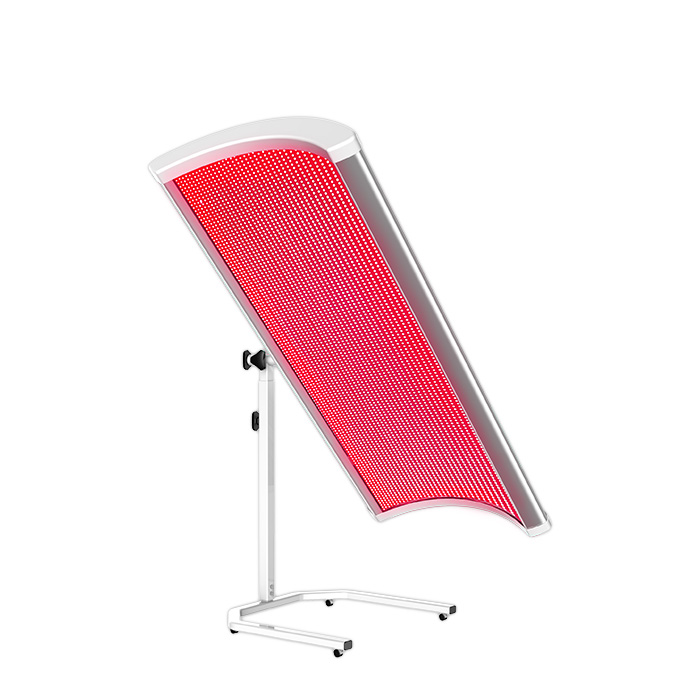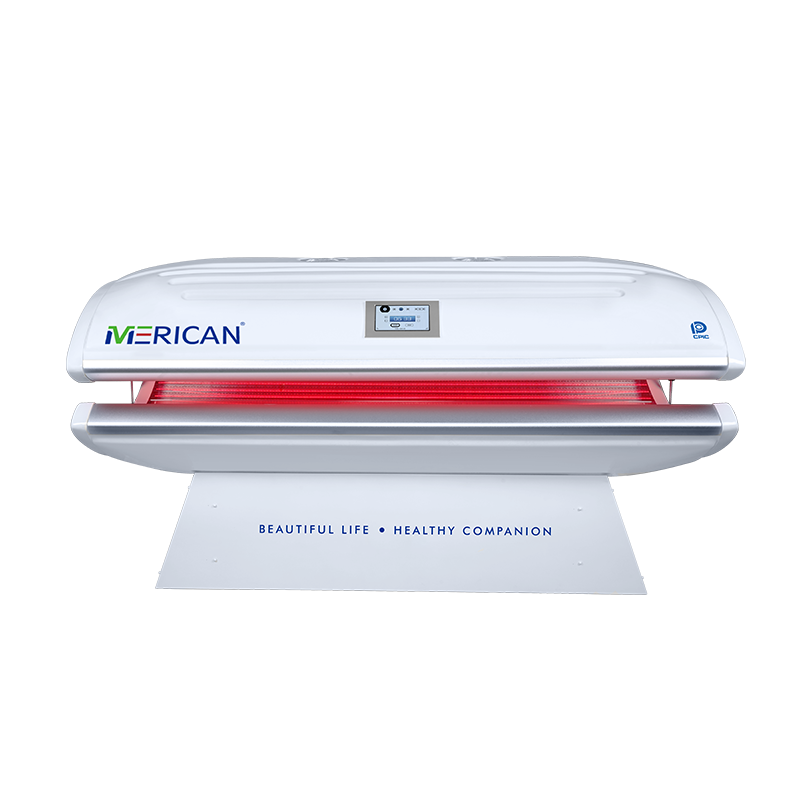Rosacea is a chronic skin condition that causes redness, inflammation, and visible blood vessels on the face. Many people are looking for safe, non-invasive treatments to calm flare-ups and improve skin appearance. One option gaining popularity is LED red light therapy. But is it really effective for rosacea?
1. How LED Red Light Therapy Works for Rosacea
Red light therapy uses low-level red and near-infrared wavelengths to penetrate the skin and stimulate cellular repair. For rosacea, it may help by:
- Reducing inflammation: Calms redness and swelling in affected areas.
- Improving circulation: Supports healthier blood flow and strengthens capillaries.
- Boosting collagen production: Helps repair skin barrier and improve texture.
2. Benefits of Red Light Therapy for Rosacea
- Calms flare-ups: Can soothe skin during mild to moderate rosacea episodes.
- Reduces redness over time: Regular use may help make redness less noticeable.
- Non-invasive & gentle: Safe for sensitive skin compared to some chemical treatments.
- Supports skin barrier repair: Helps the skin resist triggers and irritation more effectively.
3. Recommended Usage
- Frequency: 3–5 sessions per week is generally effective.
- Duration: 10–15 minutes per session, depending on device strength.
- Tips: Always start with lower intensity and shorter sessions to test skin tolerance.
4. Safety Considerations
- Red light therapy is generally safe for rosacea, but avoid high-intensity exposure that could irritate sensitive skin.
- Avoid using immediately after exfoliation or harsh treatments.
- Always consult a dermatologist before starting new treatments, especially if you have severe rosacea or other skin conditions.
Conclusion
LED red light therapy can be beneficial for managing rosacea, helping reduce redness, calm inflammation, and support skin repair. While it’s not a cure, it’s a gentle, non-invasive option that can complement other skincare routines.

